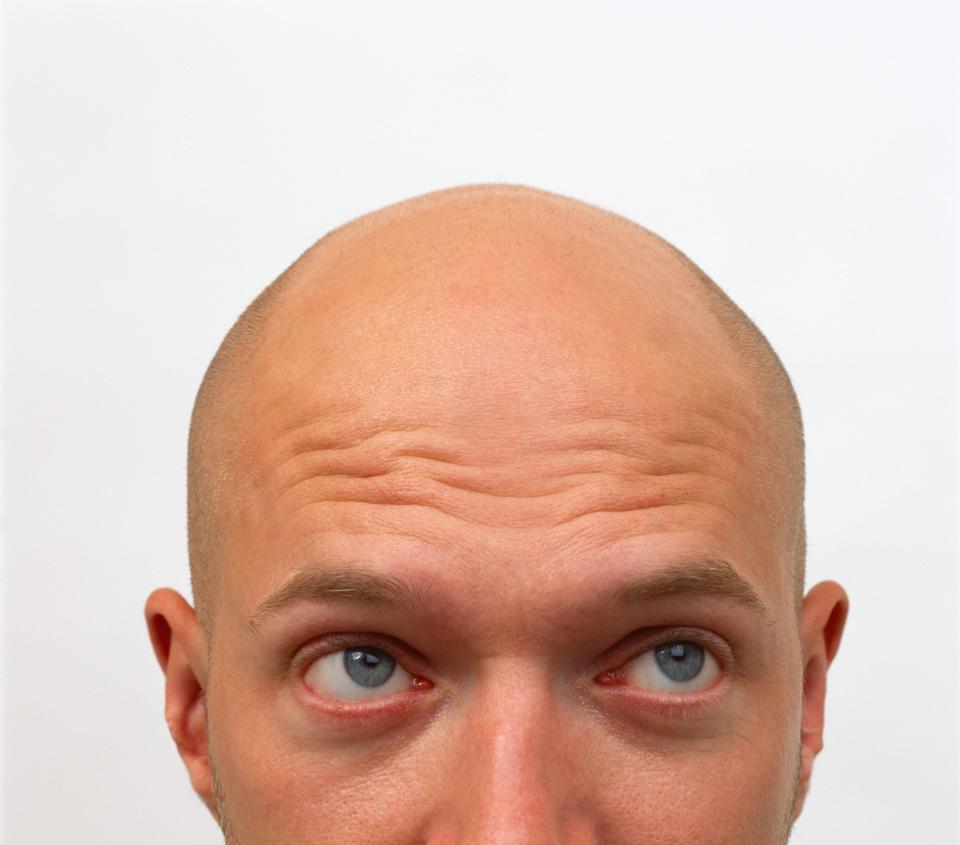Cure for Baldness? Mouse Stem Cells Aid Researchers in Production of Hairy Skin
When you aren’t watching men like Jason Statham or Jude Law, the only airtime bald men to come by is via the many, many ads on how to cure baldness. The whole thing agreeably sucks. But there’s more to the bummer of hair loss than just a loss confidence. In fact, the negative societal connotations of baldness have been around for hundreds of years.
But now, looks like researchers are a step closer to curing baldness.
Indiana University School of Medicine researchers have cultured the first lab-grown skin tissue complete with hair follicles. This skin model, developed using stem cells from mice, more closely resembles natural hair than existing models and may prove useful for testing drugs, understanding hair growth, and reducing the practice of animal testing.

Karl Koehler, author
of the paper and a researcher at the University, described the tissue like “a little ball of pocket lint that floats around in the culture medium.”Stem cell therapy has been suggested as a possible future treatment for hair loss for years. Although various methods of generating skin tissue have already been developed, their ability to imitate the real thing has consistently fallen short. Skin consists of 20 or more cell types and these models often contain only five or six, and none are capable of hair growth.
Dr. Koehler’s team had previously developed a mouse stem cell 3D culture system to create organoids that model the inner ear and found that the process also generated skin cells. In their latest studies, the team has shown how mPSCs grown in 3D culture generate skin organoids that comprise both the epidermal and dermal skin layers, and spontaneously produce HFs, in a way that mimics how HFs would normally develop in the mouse embryo skin.
The team’s recent research demonstrates that a single skin organoid unit developed in culture can give rise to both the epidermis (upper) and dermis (lower) layers of skin, which grow together in a process that allows hair follicles to form the same way as they would in a mouse’s body.

Professor Koehler said: “It looks like a little ball of pocket lint that floats around in the culture medium. The skin develops as a spherical cyst and then the hair follicles grow outward in all directions – like dandelion seeds.”
The researchers say the skin they developed grew a variety of hair follicle types similar to those present naturally on the coat of a mouse. The skin organoid itself consisted of three or four different types of dermal cells and four types of epidermal cells. This diverse combination more closely mimics mouse skin than previously developed skin models.
By observing the development of this more lifelike skin organoid, the researchers learned that the two layers of skin cells must grow together in a specific way in order for hair follicles to develop. As the epidermis grew in the culture medium, it began to take the rounded shape of a cyst. The dermal cells then wrapped themselves around these cysts. When this process was disrupted, hair follicles never appeared.
“One thing we explored in the paper is that if we destroy the organoids and try to put them back together, they don’t always generate hair follicles,” Koehler says. “So, we think that it’s very important that the cells develop together at an early stage to properly form skin and hair follicles.”
“It could be potentially a superior model for testing drugs, or looking at things like the development of skin cancers, within an environment that’s more representative of the in vivo microenvironment,” Dr. Koehler said.
“And it would allow us to limit the number of animals we use for research.”































A govt job for Industrial Microbiology as a fresher for graduate student